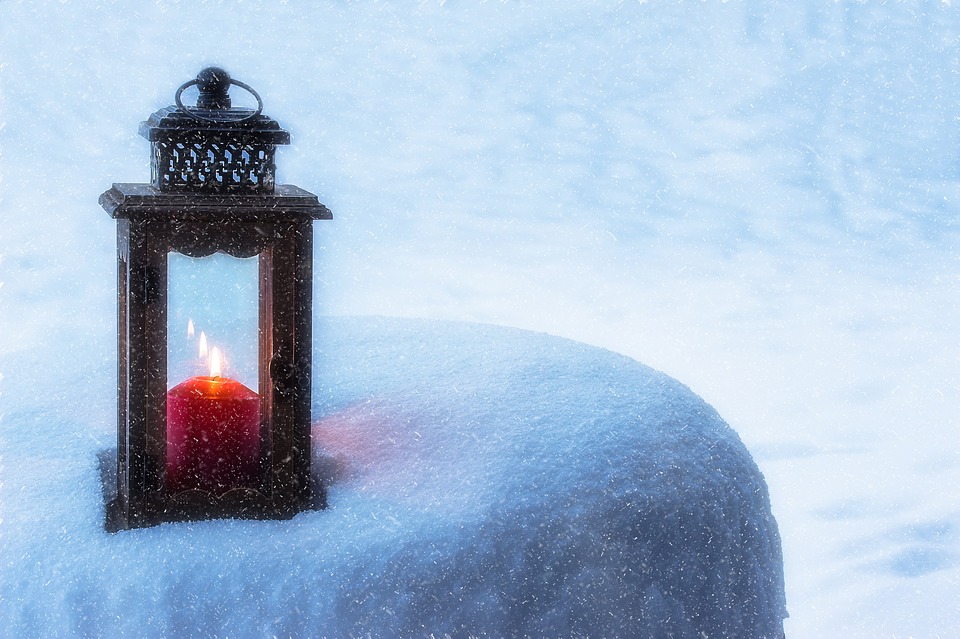 A ritual is technically just people gathering together, saying specific words, and doing specific acts. But that is like saying that a song is just words strung together with different notes. When you look from the outside at anything, you may only see its parts – the very simple things that make it what it is. But when you are in the thing – when you are singing the song, or leading the ritual – you can see and feel that it is so much more.
A ritual is technically just people gathering together, saying specific words, and doing specific acts. But that is like saying that a song is just words strung together with different notes. When you look from the outside at anything, you may only see its parts – the very simple things that make it what it is. But when you are in the thing – when you are singing the song, or leading the ritual – you can see and feel that it is so much more.
The song becomes a story of one heart reaching out to another, using a different language to share that story. A ritual becomes a physical embodiment of all the emotion and intention, made into actions and words.
When you create a ritual, you are looking for powerful ways to say something. You are seeking out words and actions that can tell the story, pull the emotions, and offer meaning. You are finding a way to connect with others in that ritual with you. You are wanting to have a conversation with everyone – not a performance.
When you consider a funeral ritual, the poignant ones – the powerful ones – are the ones that are genuine, graceful and full of strength. These rituals do not shy away from the deep emotions that death gives rise to. They simply channel them.
A well crafted funeral ritual is about giving everyone – family and friends – a real opportunity to let the emotions out; to let the tears run for men and women alike. For in our culture, we are encouraged to to bottle up and on the happy face – the funeral ritual may offer the only chance a person has to let themselves feel their grief.
The flow of a funeral is about 3 main things: acknowledging the deceased; sharing the pain of our grief through memories of the deceased, and other words; and offering a ‘what-happens-next’ for them who have died, and us who are left behind.
A powerful ritual uses words and actions to show these things – and offer a place for people to fully feel the emotions they are experiencing.
Words like poetry, like diary entries of the deceased, like memories by loved ones, and stories by old friends. Words that come from the heart and the gut and the pain and the sorrow. Words that hurt to say because by saying them, we feel all that grief that is just waiting to wail aloud.
And it is when we share those hard words, with tears and croaky throats, that others can connect with us. That we give them permission to feel their emotions. And ultimately, down the track, in some way, accept the death. When authentic words, and real emotions are shared in ritual, ritual becomes healing.
And when we perform rituals, we want to include actions that have meaning. When we carry the casket to the hearse at the end – that has heart-breaking meaning. When the daughter stands up to read her fathers favourite poem – that has meaning. When we invite everyone to walk past the casket and place a single-stemmed red rose on it – that has meaning.
Ritual becomes a conversation for us, as celebrants, to have for and with the grieving people, about their loved ones. And our sensitivity to the person who died, and the way of the death, help to define the ‘how’ of the ritual, and the words and actions we use.
The meaning of words and the meaning of acts change depending on the people – both those who have died and those left behind to hold the ritual. What is said and done for the death of an elderly beloved grandparent is different to the funeral of a beloved child.
And so it should be – each conversation, each ritual is unique, because they never involve the same people twice.
But always, we are seeking to help the grieving to feel, understanding that feeling the emotions will help with the grieving process, and ultimately help them to accept the death.
